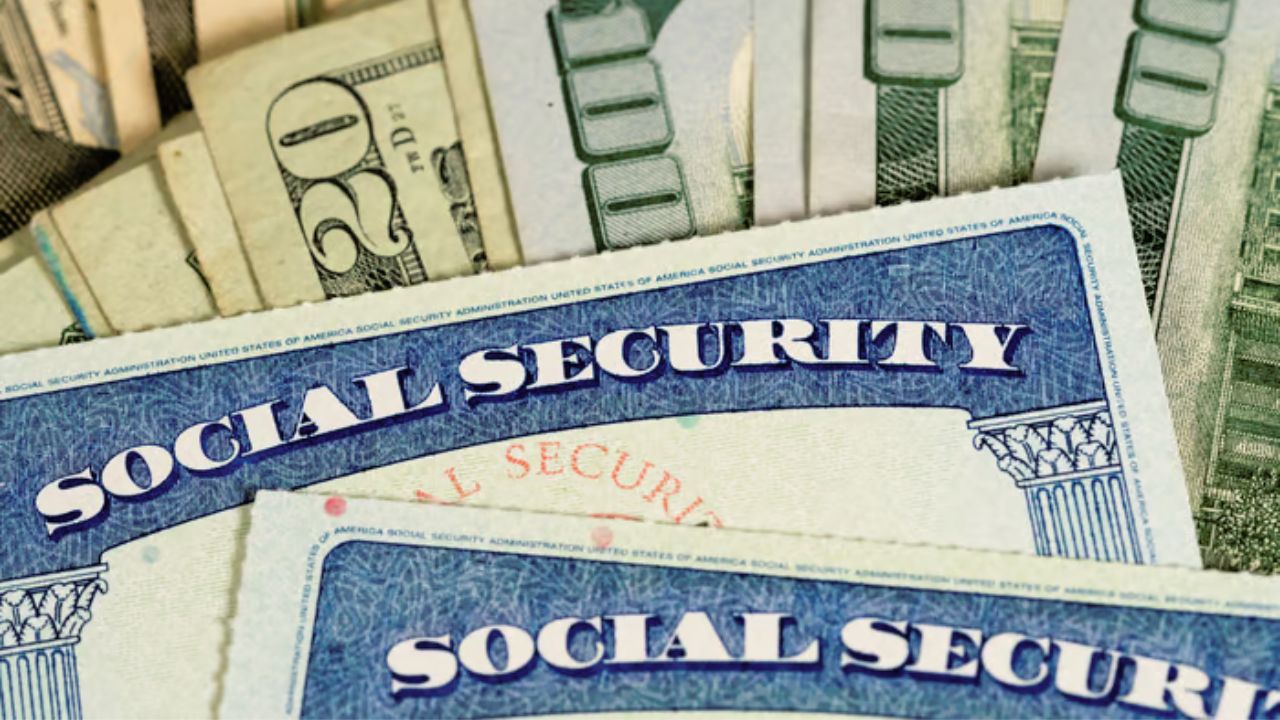According to a research released on Monday by the Federal Reserve Bank of New York, Americans’ predictions for inflation last month were divided as concerns about missing debt payments increased and forecasts for higher price increases across a number of essential commodities and services increased.
Inflation Outlook
The public forecasts inflation at 3% in a year, according to the bank’s March Survey of Consumer Expectations, which is unchanged from the previous month.
Three years from now, inflation is predicted to be 2.9%, up from 2.7% in February; five years from now, inflation is predicted to be 2.6%, down from 2.9% in the previous month.
The public anticipated higher increases in food, fuel, rent, college, and medical prices a year from now in March compared to February, even as the survey indicated a divided inflation outlook.
For the sixth consecutive month, the predicted increase in housing prices in a year remained stable at 3%. Investors have trimmed back predictions of when the Fed will be able to cut its short-term rate objective due to concerns that inflation may not be approaching the Fed’s 2% inflation target as quickly.
As a result, futures markets are now divided on the possibility of a June easing. Robust payroll expansion in March, as seen by strong hiring data announced on Friday, further muddled the argument for the Fed’s rate cuts.
Fed officials have over recent days cautioned that they need to see more progress on inflation before they can sign off on an easing.
Consumer Price Index
Fed Governor Michelle Bowman, speaking on Friday, even warned the central bank might need to act further to cool price pressures, saying “while it is not my baseline outlook, I continue to see the risk that at a future meeting we may need to increase the policy rate further should progress on inflation stall or even reverse.”

When the government releases its March consumer price report on Wednesday, the markets will get a closer look at pricing pressures.
When food and energy costs are taken out of the equation, the Consumer Price Index is predicted to increase by 3.7%, although it is expected to grow by 3.4% from the same month last year.
“The primary determinant of when rates should be lowered is inflation data,” stated Tim Duy, chief U.S. economist at SGH Macro Advisors.
“To keep the June rate cut in play, the Fed needs to see March and April inflation numbers more like those in the second half of last year,” according to him, and “that means this week’s inflation data could knock out a June cut.”



